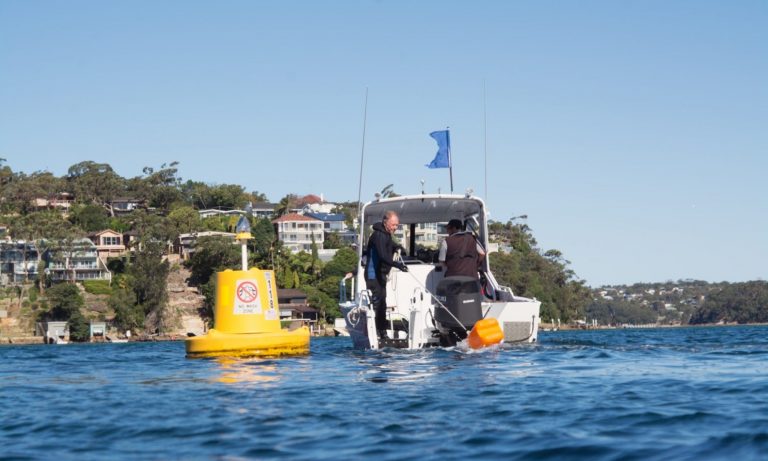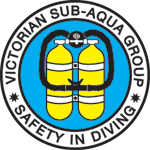Hi all
Our next General Meeting will be held this coming MONDAY evening at the Water Rat.
Our guest speaker will be Grant Callow who will tell us about the diving and overall experience at Hogan Island.
For those looking for a more exciting boat diving experience then this is for you.
In addition we will update you on all the latest club news including reports from the club trip to Eaglehawk Neck and we will have our February Photo contest to judge.
See you there
Ian

